Introduction
Ibaraki Prefecture’s Tokai No.2 Nuclear Power Plant, surrounded by a population of 920,000 within a 30-kilometer radius, recently made headlines with the release of a “radiation dispersion simulation” in November last year. The simulation results have raised concerns about the preparedness and the adequacy of evacuation plans in the event of a severe nuclear incident.
The Simulation and Its Implications
Based on calculations by Japan Atomic Power Company, the simulation showed that in the event of a northeast wind, cities such as Mito downwind could see up to 170,000 people needing evacuation. This number surpasses the 160,000 people evacuated during the Fukushima nuclear disaster and could swell significantly when considering voluntary evacuations.
The Fukushima disaster taught that while there were no health damages from radiation exposure, hasty evacuations led to numerous ‘disaster-related deaths.’ Despite these lessons, Ibaraki Prefecture’s approach, which does not seem to prioritize sheltering-in-place, suggests a lack of learning from Fukushima’s experience.
Criticism of the Evacuation Plan
The prefecture’s simulation assumes scenarios where emergency power sources, cooling facilities, and Specific Severe Accident Facilities (hereafter referred to as “SSAF”) mandated as counter-terrorism measures are all unavailable, leaving only fire trucks for reactor cooling.
In the event of a northeast wind, around 170,000 people from Naka City, Hitachinaka City, and Mito City would need evacuation, and about 156,000 people in the direction of Hitachi City if the wind blows south.
Governor Kazuhiko Oigawa (59) praised these figures as “objectively rational standards” if unexpected events occur. Based on these numbers, the prefecture plans to coordinate evacuation vehicle requirements with various municipalities.
However, Governor Oigawa’s contradictory statements about the improbability of such a large-scale evacuation have caused confusion among journalists and experts.
Expert Critique
A senior engineer from a major power company criticized the simulation’s assumptions
as unrealistic, arguing that the simultaneous failure of all cooling methods and power facilities, including the SSAF, is far-fetched. Such a scenario, they claimed, would be akin to a military attack, against which no nuclear power plant in the world could be fully prepared.
Fukushima’s Lessons and Missteps
As of March 2023, disaster-related deaths in Fukushima reached 2,337, accounting for 61% of such deaths across ten prefectures. Many of these were due to forced evacuations following the nuclear accident. In towns like Tomioka, Namie, and Futaba, where residents faced multiple evacuations, the disaster-related death rates soared to 2-3%. Conversely, in Iitate Village, which saw a more gradual, planned evacuation despite being in a contaminated area, the death rate was significantly lower, with no reported health effects from radiation exposure.
These lessons have shaped new guidelines that prioritize evacuation within a 5-kilometer radius, with residents in the 5-30 kilometer zone advised to shelter-in-place. The greatest concern is the potential for panic evacuations in this larger zone.
Criticism from Government Officials
A former government official involved in decontamination efforts post-Fukushima criticized Ibaraki’s simulation for unnecessarily inciting panic, calling it an inconsiderate evacuation plan that fails to take residents’ lives and safety into account.
Political Implications
Governor Oigawa, hailing from the Ministry of Economy, Trade, and Industry, is supported by pro-restart political parties like the Liberal Democratic, Komeito, and the Democratic Party for the People, as well as the union federation (including Hitachi’s labor union). Local political circles have coldly dismissed his evacuation plans, suggesting a lack of understanding of the situation.
The Future of Tokai No.2’s Reactivation
As Governor Oigawa emphasizes the plan for evacuating up to 170,000 people, the reactivation of the Tokai No.2 plant seems increasingly distant. His alarmist approach could distance the plant’s reactivation further from reality.
Conclusion
Ibaraki Prefecture’s approach to disaster preparedness, particularly in the context of nuclear safety, is under scrutiny. The lessons from Fukushima, emphasizing careful planning and the prioritization of sheltering-in-place, appear to have been overlooked in the current evacuation simulation. This raises concerns about the region’s ability to effectively respond to severe nuclear accidents without inducing unnecessary panic or causing further harm to the residents.

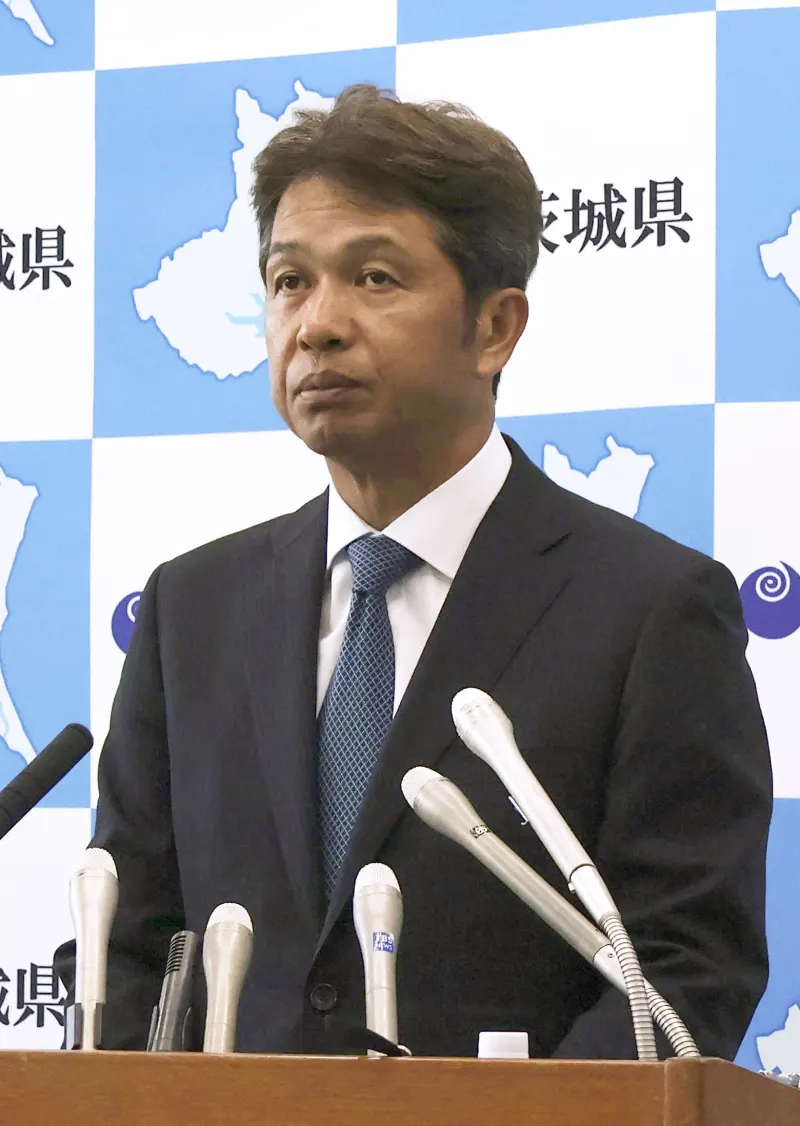
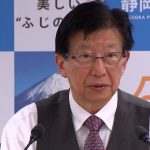


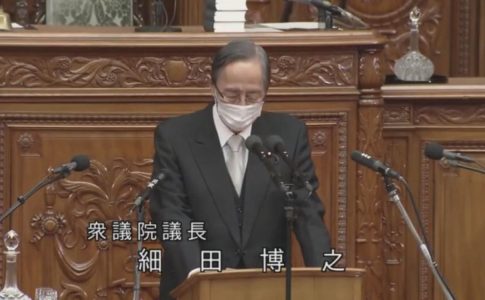
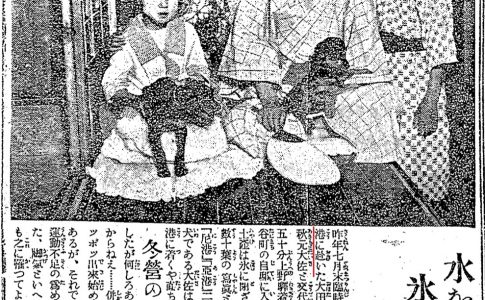



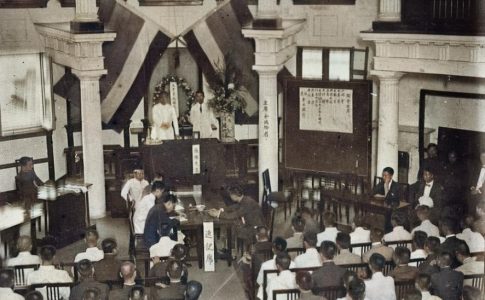

Leave a Reply